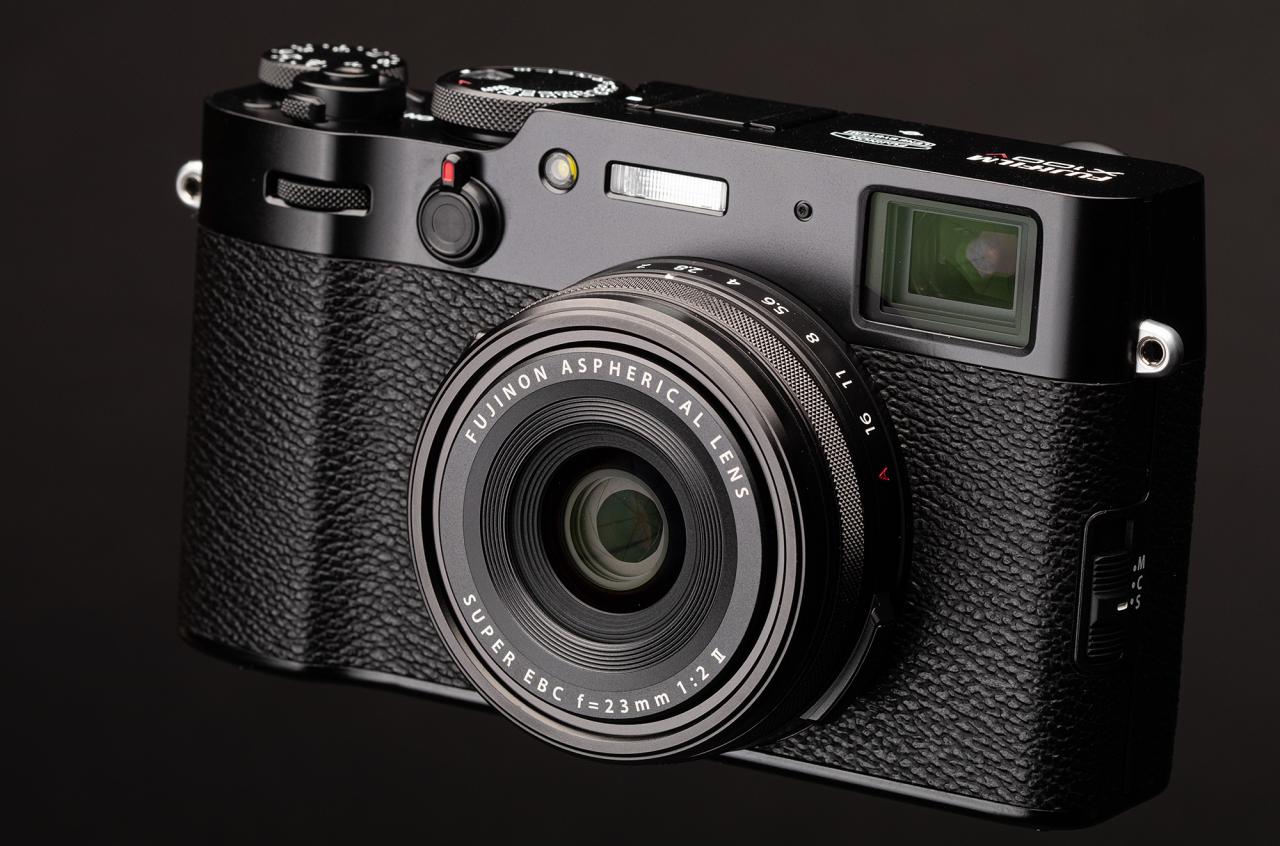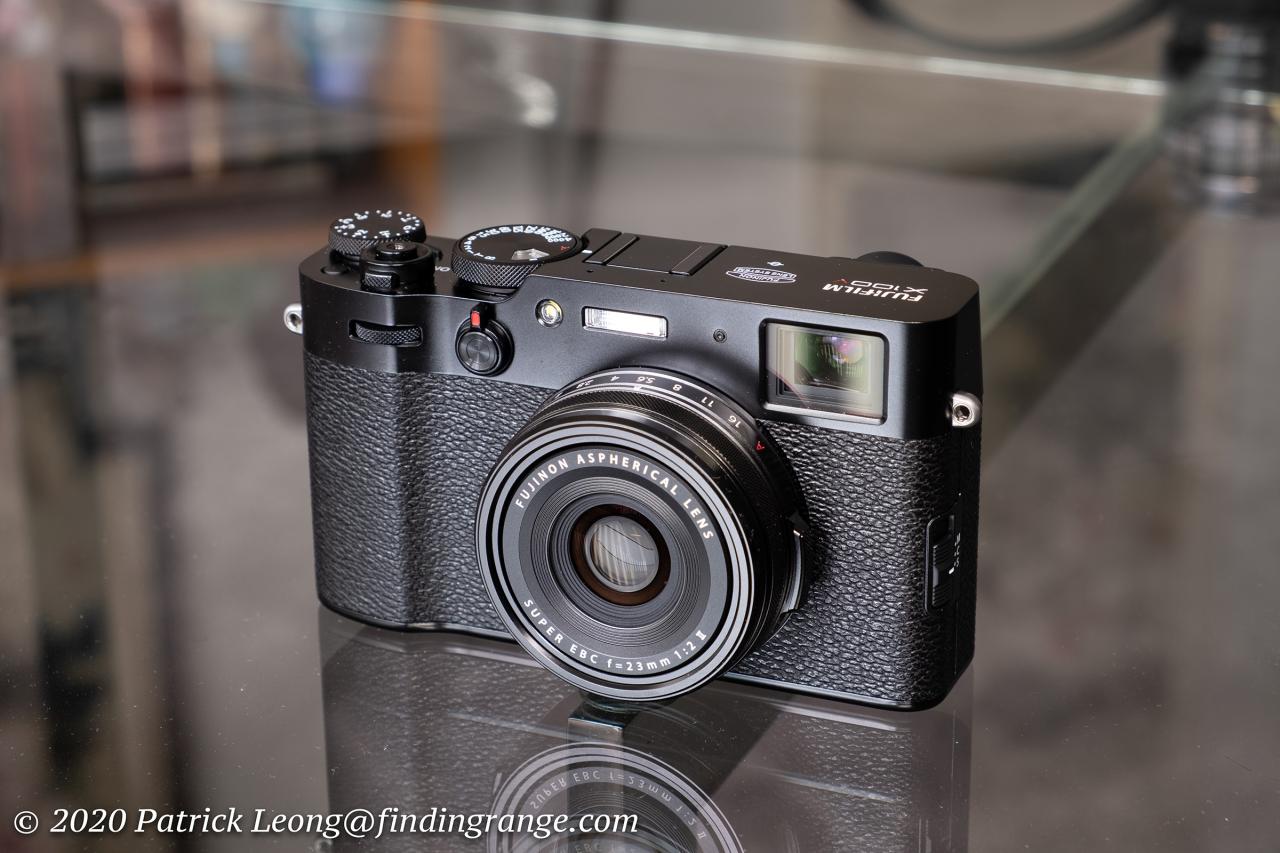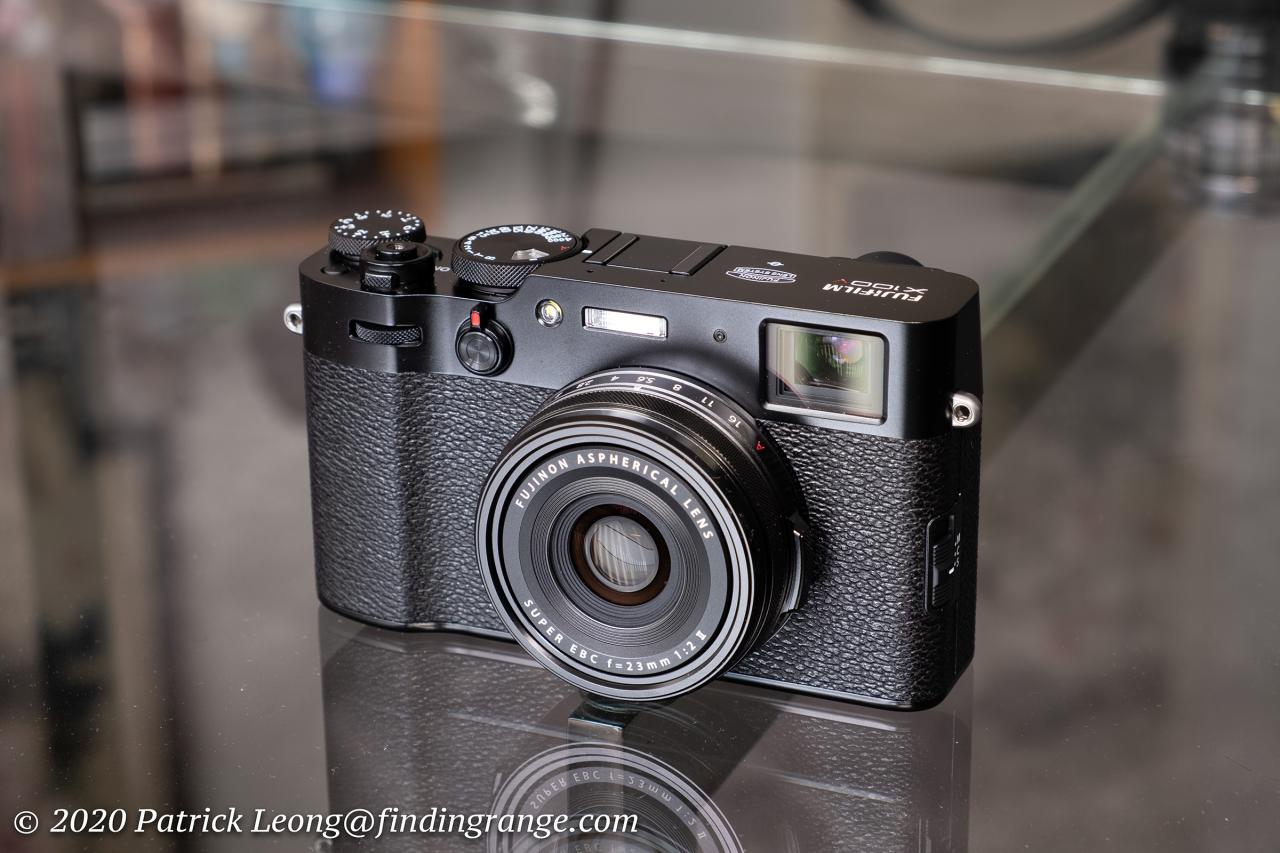The Fujifilm X100V, a compact powerhouse, seamlessly blends retro aesthetics with cutting-edge technology. This review delves into its impressive features, user experience, and versatile applications, offering a detailed look at this celebrated camera. We’ll explore its image quality, ergonomics, and the unique film simulations that set it apart, providing insights for both seasoned photographers and newcomers alike.
From its meticulously crafted build to its intuitive controls, the X100V offers a compelling photographic experience. We’ll analyze its performance across various shooting scenarios, examining its strengths and weaknesses to give you a balanced perspective. Expect in-depth discussions on image processing, accessory options, and creative applications, equipping you with the knowledge to make an informed decision.
Fujifilm X100V: A Deep Dive into Features, Usability, and Creative Potential

The Fujifilm X100V has solidified its place as a highly regarded compact camera, celebrated for its blend of retro aesthetics, exceptional image quality, and versatile feature set. This article delves into the specifics of the X100V, exploring its capabilities, user experience, and creative applications.
Camera Features and Specifications, Fujifilm x100v

The Fujifilm X100V boasts a 26.1MP X-Trans CMOS 4 sensor, renowned for its detail and dynamic range. This sensor size, coupled with the fixed 23mm f/2 lens (35mm equivalent), delivers exceptional image quality, particularly in low-light conditions. The camera utilizes a hybrid autofocus system, combining phase detection and contrast detection for fast and accurate focusing across various shooting scenarios.
The Fujifilm X100V’s compact size makes it ideal for everyday carry, perfect for capturing spontaneous moments. Its image quality is exceptional, even useful for documenting challenging conditions like those shown on the coquihalla weather camera , which often reveals dramatic shifts in lighting. Back to the X100V, its retro design and intuitive controls ensure a satisfying shooting experience, no matter the subject.
This system is highly effective in most situations, although very low light or fast-moving subjects might present some challenges.
Image Quality Comparison
The X100V’s image quality is often compared to other premium compact cameras. The following table provides a comparative overview against three competitors, focusing on image quality, focusing speed, and low-light performance. Note that these are general observations based on extensive reviews and user experiences, and individual results may vary.
| Feature | Fujifilm X100V | Sony RX1R II | Ricoh GR III | Canon PowerShot G7 X Mark III |
|---|---|---|---|---|
| Image Quality | Excellent detail, dynamic range, and color reproduction. | Exceptional detail and resolution, particularly in the center of the frame. | Good detail and sharpness, slightly less dynamic range than the X100V. | Good image quality, but slightly softer than the X100V at higher ISOs. |
| Focusing Speed | Fast and accurate in most conditions, some minor struggles in very low light. | Fast and accurate, but may hunt slightly in low contrast situations. | Very fast and responsive, excels in street photography. | Relatively fast, but not as consistent as the X100V or GR III. |
| Low-Light Performance | Good noise control up to ISO 3200, acceptable up to ISO 6400. | Excellent low-light performance, minimal noise even at high ISOs. | Good low-light performance, but noise becomes more apparent at higher ISOs than the X100V. | Moderate low-light performance, noticeable noise at higher ISOs. |
Lens Characteristics
The X100V’s fixed 23mm f/2 lens (35mm equivalent) is a key element of its appeal. Its wide aperture allows for shallow depth of field and excellent low-light performance. While it lacks optical image stabilization (OIS), the in-body image stabilization (IBIS) system helps compensate for camera shake, particularly at slower shutter speeds. The lens delivers sharp images across the frame, with minimal distortion.
User Experience and Ergonomics: Fujifilm X100v
The X100V’s design is a blend of modern technology and classic aesthetics. Its compact size and robust build quality make it comfortable to handle. The control layout, while initially requiring some adjustment, offers intuitive access to essential settings. The menu system is well-organized, but could benefit from some simplification.
Control Layout and Menu System
The physical dials and buttons provide a satisfying tactile experience. However, navigating the menu system can sometimes feel a bit cumbersome, particularly for users unfamiliar with Fujifilm’s interface. The inclusion of a touchscreen helps streamline some processes, but a more intuitive arrangement of menu options would enhance usability.
Ergonomic Strengths and Weaknesses
The X100V’s compact size is both a strength and a weakness. While it makes it highly portable, it can also make it slightly challenging to operate comfortably for extended periods. The grip is adequate, but a slightly deeper grip could improve handling. The placement of some buttons could also be optimized for better accessibility.
User Interface Improvement Suggestion
A redesigned menu system with a more logical grouping of settings and improved iconography would significantly enhance the user experience. A customizable function button could also be added to provide quicker access to frequently used settings, based on individual shooting preferences. This would cater to both beginners and experienced photographers alike.
Image Processing and Film Simulations
Fujifilm’s renowned film simulations are a core feature of the X100V. These presets emulate the look and feel of classic Fujifilm films, offering a wide range of creative options without the need for extensive post-processing. The camera also provides a selection of advanced image processing options to further fine-tune the final output.
Film Simulations and Their Effects
Film simulations like Classic Chrome, Acros, and Velvia each produce distinctly different results. Classic Chrome offers muted tones and subtle color saturation, perfect for a more subdued aesthetic. Acros delivers a high-contrast black and white look with exceptional detail. Velvia, on the other hand, is vibrant and saturated, ideal for landscapes and scenes where bold colors are desired. These simulations drastically change the mood and feel of a photograph; Classic Chrome might evoke a nostalgic, contemplative mood, while Velvia exudes energy and vibrancy.
Step-by-Step Guide to Using Film Simulations
- Access the film simulation menu through the camera’s settings.
- Select the desired film simulation (e.g., Classic Chrome, Velvia, Acros).
- Adjust other image parameters such as sharpness, grain, and dynamic range as needed.
- Review the image on the LCD screen or viewfinder to assess the effect of the selected film simulation.
- Capture the image and review the final result.
Photography Applications and Use Cases
The X100V’s compact size and versatile features make it suitable for a variety of photographic applications. Its fixed 35mm equivalent lens is particularly well-suited to street photography, but its capabilities extend far beyond that.
Street, Landscape, and Portrait Photography
The 35mm focal length is ideal for capturing candid street scenes. Its compact size allows for discreet shooting, while the fast aperture enables capturing images in low-light conditions. For landscape photography, the wide angle captures expansive views. The X100V can also be effectively used for portrait photography, although the 35mm focal length requires careful composition to achieve pleasing results.
The Fujifilm X100V, with its exceptional image quality, is perfect for capturing street photography. Its compact size makes it ideal for discreet shooting, unlike the situation recently resolved in New Jersey, where concerns over drones over New Jersey solved prompted stricter regulations. Returning to the X100V, its retro design and intuitive controls make it a joy to use, consistently delivering stunning results.
The shallow depth of field achievable at wider apertures helps isolate subjects.
Tips and Techniques for Various Shooting Situations
- Utilize the camera’s manual focus for precise control in challenging situations.
- Experiment with different film simulations to achieve unique creative effects.
- Master the use of aperture priority mode for controlling depth of field.
- Explore the camera’s built-in monochrome modes for impactful black and white images.
Hypothetical Photography Assignments

- Assignment 1: Street Photography in Low Light: Capture the energy of a bustling city street at night, using the X100V’s low-light capabilities and fast aperture to freeze motion and capture details.
- Assignment 2: Landscape Photography: Capture the vastness of a scenic landscape, using the wide-angle lens to capture the scale and detail of the scene.
- Assignment 3: Portrait Photography: Create a compelling portrait, using the X100V’s shallow depth of field capabilities to isolate the subject and draw attention to their features.
Accessories and Expandability
While the X100V is a standalone camera, several accessories can enhance its functionality and usability. Expandability is limited by its fixed lens, but the range of accessories available allows for customization to suit individual needs and preferences.
Commonly Used Accessories
Popular accessories include additional batteries for extended shooting time, various filters (UV, ND, etc.) to control light and enhance image quality, external flash units for improved lighting control, and carrying cases for protection and portability. High-quality memory cards are also essential for reliable storage of images.
Recommended Accessories by Use Case
| Use Case | Recommended Accessories |
|---|---|
| Street Photography | Additional battery, fast memory card, comfortable carrying strap |
| Landscape Photography | Neutral density filter, tripod, remote shutter release |
| Portrait Photography | External flash, reflector, additional batteries |
Ultimately, the Fujifilm X100V proves to be more than just a camera; it’s a statement. Its blend of classic design and modern capabilities caters to a diverse range of photographers. Whether you’re captivated by its retro charm or drawn to its impressive technological features, the X100V delivers a rewarding photographic journey. Its versatility, combined with its intuitive controls and exceptional image quality, solidifies its position as a top contender in its class.
FAQ Summary
What is the battery life like on the Fujifilm X100V?
Battery life is generally considered decent, but it depends heavily on usage. Expect around 300-400 shots per charge under typical conditions. Consider carrying a spare battery for extended shooting sessions.
Does the Fujifilm X100V have video capabilities?
Yes, it can record 4K video at up to 30fps and 1080p at up to 120fps. While not its primary focus, the video quality is respectable for a camera of its size and type.
Is the Fujifilm X100V weather-sealed?
No, the Fujifilm X100V is not weather-sealed. Use caution in wet or dusty conditions.
How does the X100V compare to the X100F?
The X100V offers improvements in autofocus speed, video capabilities, and a tilting screen, among other upgrades. The X100F remains a capable camera, but the X100V represents a significant advancement.
